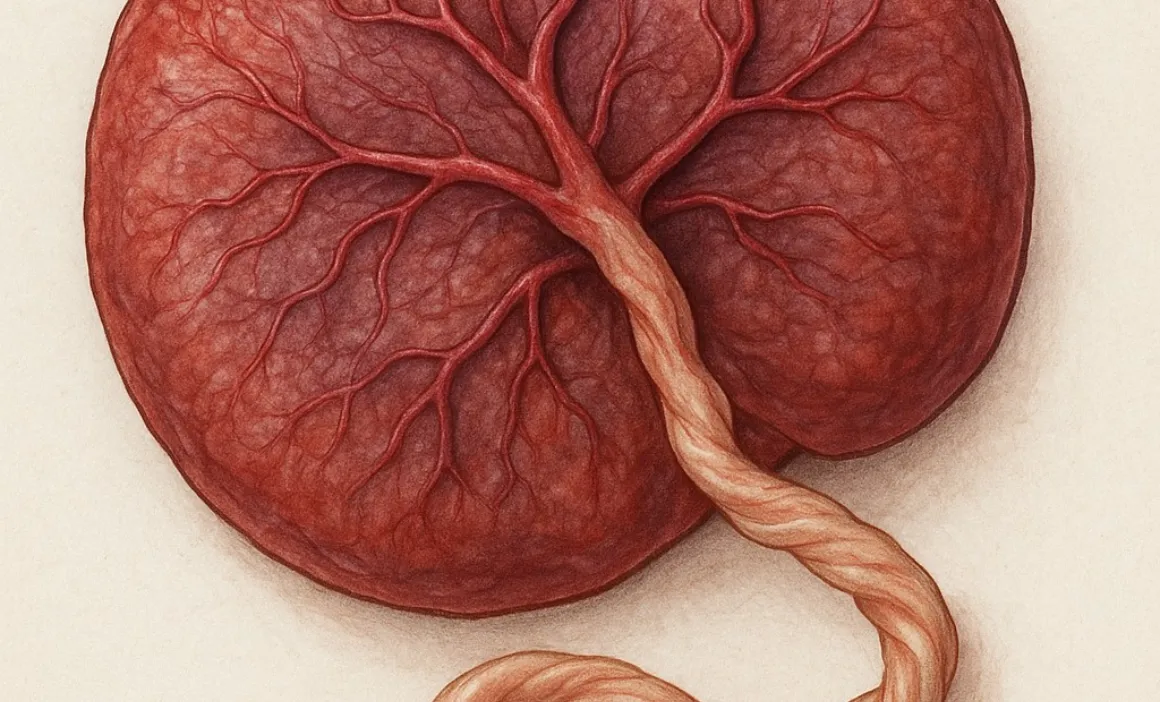
How to Manage Perimenopause Symptoms: Essential Tips for a Smooth Transition

Cradle of Nutrition
- 4 minutes read
Perimenopause is a time of significant changes in a woman’s life. It’s a natural phase that signals the transition toward menopause, and while some women experience minimal discomfort, others face more intense symptoms. Perimenopause affects everyone differently—some women breeze through it, while for others, it can be more challenging. Regardless of how it impacts you, understanding perimenopause and taking proactive steps to manage symptoms can help you embrace this phase with confidence.
In this blog post, we’ll share practical tips for managing perimenopause symptoms and discuss the importance of staying informed. With the right tools, you can make this transition smoother and even discover the potential for growth and empowerment during this time.
What is Perimenopause?
Perimenopause refers to the phase leading up to menopause, usually beginning in a woman’s 40s, although it can start earlier or later. During this time, hormonal fluctuations cause various physical and emotional changes, which can last anywhere from 4 to 10 years. Symptoms can include irregular periods, hot flashes, night sweats, and mood swings. While the symptoms can be challenging, staying informed about perimenopause is the key to managing it effectively.
Practical Tips for Managing Perimenopause Symptoms
Here are some easy-to-implement, practical tips to help manage the common symptoms of perimenopause:
1. Stay Hydrated
Drinking plenty of water throughout the day can help alleviate common symptoms like hot flashes, dry skin, and fatigue. Staying hydrated also supports your overall health and energy levels, making it easier to manage the physical changes.
2. Dress in Layers
Hot flashes can happen unexpectedly, so wearing layers allows you to remove or add clothing as needed. This simple strategy can keep you comfortable throughout the day, no matter what your body is experiencing.
3. Limit Caffeine and Alcohol
Both caffeine and alcohol are known to trigger hot flashes and disrupt sleep patterns. Reducing your intake—especially in the evening—can significantly improve your ability to rest and reduce symptoms.
4. Use a Cooling Pillow for Night Sweats
Night sweats are one of the most common challenges of perimenopause. Investing in a cooling pillow or moisture-wicking sheets can help you stay comfortable and improve your sleep quality during the night.
5. Practice Relaxation Techniques
Stress can exacerbate the symptoms of perimenopause. Take 5-10 minutes daily to practice deep breathing, meditation, or gentle yoga. These relaxation techniques can reduce stress, improve mood, and support emotional well-being.
6. Eat Small, Frequent Meals
Instead of large meals, try eating smaller, more frequent meals throughout the day. This can help stabilize your blood sugar levels, improve your mood, and keep your energy consistent. A balanced diet plays a significant role in how you feel during perimenopause.
7. Keep a Fan Handy
Whether you’re at work or at home, having a portable fan can provide quick relief from hot flashes. It’s a simple tool that can make a big difference in how you feel throughout the day.
8. Get Active
Exercise can improve mood, manage weight, and promote better sleep. Whether it’s a brisk walk, a yoga session, or dancing, find an activity that you enjoy and incorporate it into your daily routine. Exercise is one of the best ways to stay energized and manage perimenopause symptoms.
9. Use Moisturizers for Vaginal Dryness
Vaginal dryness can occur during perimenopause due to hormonal changes. Using over-the-counter lubricants or vaginal moisturizers can help relieve discomfort, especially during intimacy, and improve your quality of life.
10. Track Your Symptoms
Journaling your perimenopause symptoms—like hot flashes, mood swings, and changes in menstrual cycles—can help you track patterns and understand what triggers your symptoms. This can also be helpful when you visit your healthcare provider.
11. Create a Cool Sleep Environment
Improving your sleep environment is essential during perimenopause. Keep your room cool, use light bedding, and ensure good ventilation. Consider using a fan to enhance airflow and create a more comfortable atmosphere for sleep.
12. Stay Connected
Talking to others going through perimenopause can help you feel less alone. Whether you connect with friends, join support groups, or engage in online communities, sharing experiences and advice can be both comforting and empowering.
13. Educate Yourself and Stay Informed
The more you understand perimenopause, the easier it is to manage its symptoms. By reading books, attending webinars, and consulting with healthcare providers, you can make informed decisions about your health. Staying informed reduces anxiety and helps you feel in control of your transition.
14. Perimenopause is Like Puberty—But With a Twist
Perimenopause is a lot like puberty. Just as puberty marks the transition from childhood to adulthood, perimenopause marks the transition from your reproductive years to menopause. However, it’s important to understand that every woman’s experience of perimenopause is different. For some, the changes are mild, while for others, the symptoms can be more intense. It’s essential to approach this transition with a sense of realism—don’t overdo it with drastic changes, and focus on small, manageable steps that fit your lifestyle.
Embrace the Transition with Confidence
Perimenopause doesn’t have to be something to fear. By educating yourself about the changes your body is going through and taking small, positive actions to support your well-being, you can navigate this transition with ease. Remember, this is a natural part of life, and with the right tools and mindset, you can embrace perimenopause as a time of growth and empowerment.
By Erika Barabás
Helpful links:
- The National Institute on Aging (NIA) offers research-based insights into perimenopause and menopause, including tips for managing symptoms. National Institute on Aging – Perimenopause
- American College of Obstetricians and Gynecologists (ACOG) provides guidelines and expert advice on women’s health, including perimenopause management.






